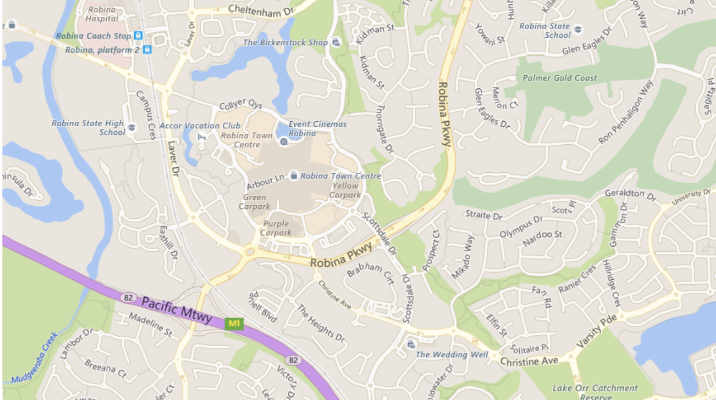The first thing we do on any job is to get to know your business. This allows us to take your market and company style into account in future stages.
Research
All good marketing is arrived as as a result of research and testing, and marketing on the web is no exception. Research we do in the initial stages includes: –
- Technology Research – Technology consulting helps our clients look into the future to where technology is likely to take them and their businesses. We have consulted for many clients, including major banks and engineering companies (see technology consulting for more).
- What does the website need to do – this is the fundamental question setting the coarse for the site. Usually on commercial sites this will involve making a sale or getting an enquiry. Key tasks should also be set based on these goals and users requirements.
- Evaluation of clients website – what works, what doesn’t work. We do this both using the clients experience and by looking at web stats.
- Competitor research – what works on competition sites, what are they doing to attract attention.
- Keyword research – what are the customers searching for. We do this manually as well as using automated reports. The manual approach allows us to consider associations that may not be so obvious.
- Customer research (if appropriate) -if the customers base is very wide, it is very hard to target all users effectively. In this case it may help to do some research and segment the site by different users groups. In many cases developing personas that help designers visualise the customer groups, can be developed.
- Product research (if appropriate) – many products and services can show search patterns that are highly seasonal, and can often also be location based. This research allows us to see search trends on the web so that peaks and troughs in the business can be predicted and often smoothed out.
Development
This can depend on whether the work is for the optimisation of an existing site, or a completely new site. However typically we look at: –
- Site planning – considering the websites purpose and the key tasks, developing the information architecture and looking at key navigation methods and links between pages is the first task in a development project.
Planning what to do with the enquiries/orders once you get them is also useful. More than 50% of enquires sent from websites aren’t answered in a week, and most web users expect something back in seconds, minutes or at the worst hours. Knowing how to handle the expected enquiry/order level is crucual to making the most of the web site. - Content development – this is often the most difficult job in any web development project. Content shouldn’t be just the same as printed catalogues, as it has to work in a different way. Printed catalogues are read, but websites are scanned, so the content has to be developed specifically for this.
The users and company style should also be taken into account here. It is no good having content written in a conservative voice if you are a new vibrant company with a target market of 12-16 year old girls. - Design development – the same comments apply to design as to content. Suitable emphasis must be placed on the company and market, but at the same time the design should allow the users to find the content they want.
In the design stage, user testing is always an advantage to make sure that key tasks can be achieved.
A recent site redesign we undertook produced a increase in enquiries of 122% with no change to the enquiry system (which we know can more than double that again). - Optimisation – this can make a huge difference to the users experience on the site. Having a site load quickly and respond well to navigation is a great way to help the user feel that the company is worth dealing with.
Typically optimisation can involve reordering and compressing code, using local hosting if there are delays in international responses, combining images to reduce file sizes and requests to the server, moving images into a separate server location and more.
Testing
It is virtually impossible to get a website fully optimised first time. To get the most out of a site, it is vital that further testing is done to try to make sure the key tasks and site objectives are achieved.
An easy way to imagine this is if your site has a button on on product or service page saying “Send us and enquiry”, wouldn’t it be useful to know how many people clicked that button, compared with how many people actually sent the enquiry? If you know that most people complete, this area is okay, if most people drop out then some optimisation and testing needs to be done.
To do this we use the following methods: –
- Analytics – typically analysis of a site using Google Analytics with custom goals and filter set. This allows a broad brush view of what is happening on the site, what is working and what not.
- Click tracking – if analytics points to some problems, but it is difficult to predict what is actually happening, click tracking can provide the next level of granularity.
- Mouse movement tracking – if click tracking isn’t helping, mouse movement tracking can be enabled to show what exactly customers are doing on the site. Usually this will show areas that are causing confusion, and can also be used to check where there are dropouts in key forms on the site.
- Testing – knowing that there is a problem in an area of the site, isn’t always the same as knowing how to fix it. In these cases A-B split testing can be used to test page variations and how those affect a specific goal. For sites with high usage, multivariate testing can be used to check specific page elements and which combination is the most effective.
Tweaking
After testing the site the changes need to be implemented, and more testing done to ensure that the solution that has been arrived at, is indeed the best for conversion.
The End Result
Typically you can expect a website that both receives more traffic, but also converts a lot more of that traffic into business. Greater than a 100% improvement in completion is often quite easily achievable, just by optimising a form.
Whole site optimisation makes sure you get a site that reflects your company and market, drives more traffic to your site, and ensures you get the enquiries you want.

